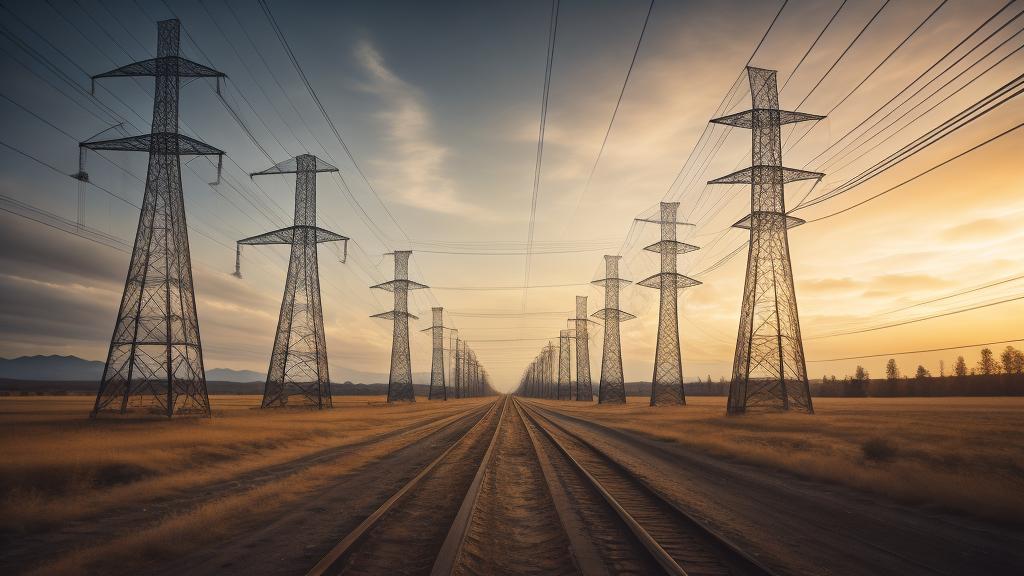In a world increasingly turning towards renewable energy sources, much of the conversation centers on solar panels, wind turbines, and hydropower. Yet, there's an unsung hero that is quietly driving a significant transformation in the energy sector: energy storage systems. These storage solutions are paving the way for a more reliable and resilient power grid, enabling renewables to be a dependable solution even when the sun isn't shining or the wind isn't blowing.
One does not need to look far to see how integral energy storage is becoming. In California, the state notorious for its rolling blackouts, battery storage projects are rapidly becoming as essential as the renewable energy sources they complement. Massive lithium-ion batteries are being deployed across the state to store solar energy during the day and release it during the night. This not only helps to mitigate blackouts but also ensures that clean energy is available around the clock.
However, energy storage is not just limited to lithium-ion batteries. Innovations in technology are bringing a host of new storage solutions to the market. Flow batteries, for example, use liquid electrolytes to store energy and can last for over a decade without significant degradation. Similarly, thermal storage systems capture and store heat that can later be converted back to electricity. These cutting-edge technologies are gaining traction and could potentially surpass lithium-ion batteries in both efficiency and longevity in the coming years.
On the global stage, countries are making substantial investments in energy storage solutions to drive their renewable energy goals. China, the world’s largest producer of renewable energy, is also investing heavily in energy storage. The country plans to have 30 gigawatts (GW) of installed battery storage by 2025, a move that experts believe will reshape the global energy landscape. Similarly, in Europe, the European Union is supporting massive energy storage projects to achieve their climate goals and ensure energy security across member states.
One interesting development in the energy storage revolution is the role of vehicle-to-grid (V2G) technology. Electric vehicles (EVs) are essentially batteries on wheels, and V2G technology allows these vehicles to feed energy back into the grid when they are parked and plugged in. This bi-directional flow of electricity could alleviate pressure on the grid during peak times and provide an additional income stream for EV owners. Some pilot projects in the Netherlands and Japan are already showing promising results, making V2G a hot topic in the energy storage discussion.
But energy storage isn't just about large-scale, grid-wide applications; it’s also about empowering consumers. Residential energy storage systems are becoming more affordable and accessible, allowing homeowners to store excess energy generated from their solar panels and use it when needed. Companies like Tesla, with its Powerwall, and LG Chem are leading the charge, making it easier for consumers to become energy-independent and reduce reliance on the traditional power grid.
The economic implications of widespread energy storage adoption are vast. Job creation, new business opportunities, and economic growth are all part of the equation. Analysts predict that by 2030, the energy storage market could be worth over $600 billion globally. This presents a tremendous opportunity for economies to grow sustainably while addressing climate change head-on.
However, the path to a fully-integrated energy storage infrastructure is riddled with challenges. Regulatory hurdles, the high upfront cost of storage systems, and the need for more innovative financing solutions are barriers that need to be overcome. Policymakers and industry leaders must collaborate to create a regulatory environment that fosters innovation and encourages investment in energy storage technologies.
In conclusion, energy storage is reshaping the energy landscape in ways that many people might not immediately recognize. From large-scale grid applications to empowering individual consumers, the silent revolution of energy storage is here to stay. As the world continues to grapple with climate change and the need for sustainable energy solutions, energy storage stands out as the linchpin that could unite all renewable sources into a cohesive and reliable energy system. The future is bright, and it’s stored in our batteries, waiting to be unleashed.
The silent revolution of energy storage: out of sight, out of mind

